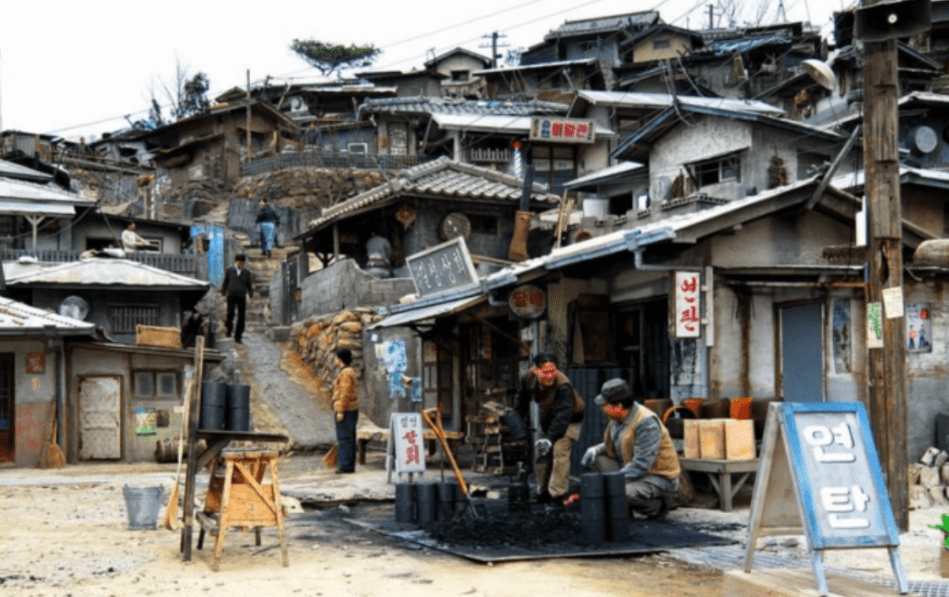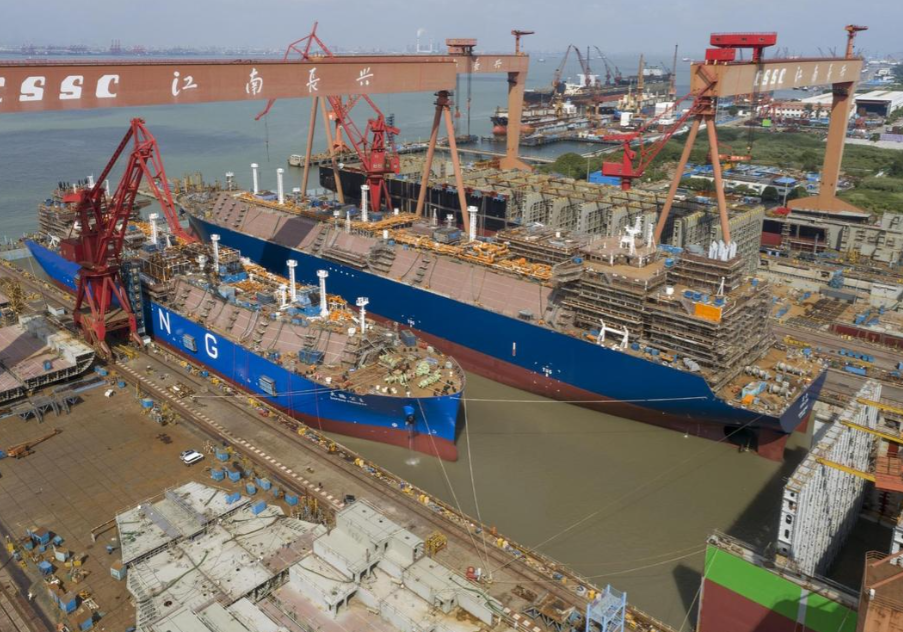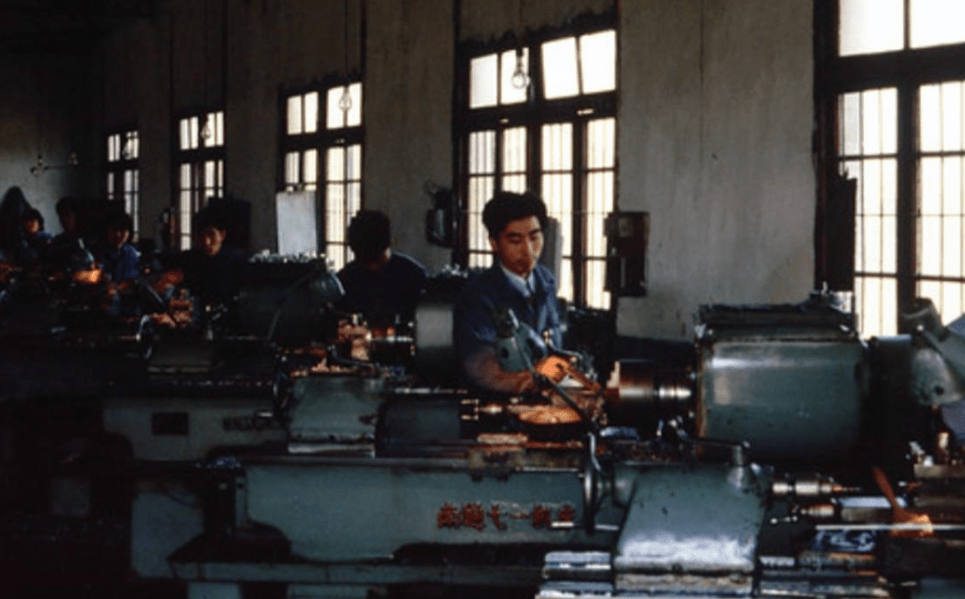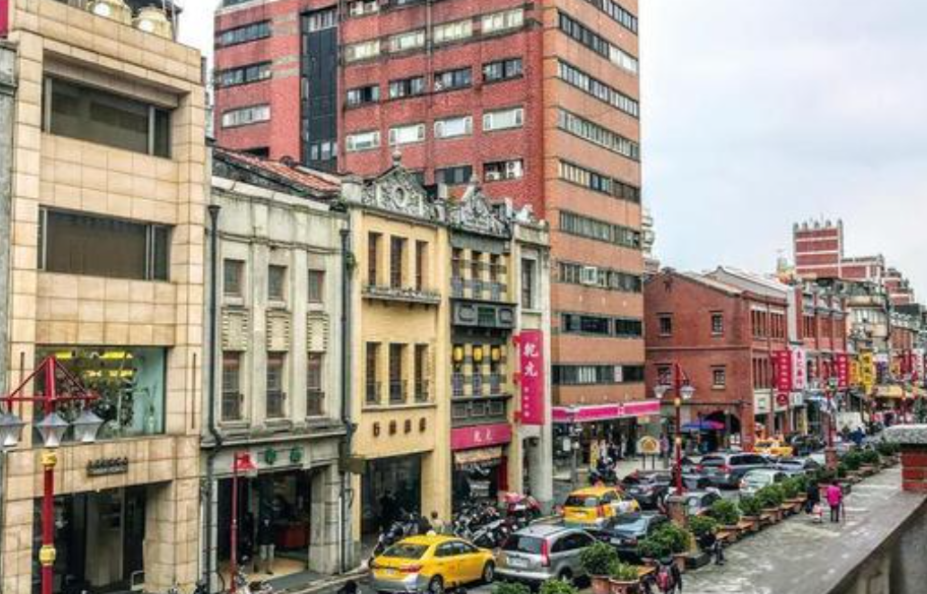Does anyone still remember the former Asian economic miracle, the "Four Asian Tigers"? Taiwan, Hong Kong, Singapore and South Korea were once regarded as model students of economic development. But now, when we mention them, they seem to have lost their former glory.

Back in the 1960s, South Korea's economic situation was almost horrible, with a per capita GDP of less than $100, far behind its neighbors. Faced with this situation, then-President Park Chung-hee adopted a series of radical economic policies to revitalize the country.
First, he formulated South Korea's first five-year plan, the main strategy of which was to introduce Japanese capital and technology to improve the domestic industrial level. Then, the outbreak of the Vietnam War gave South Korea the opportunity to produce military supplies for the US military and make huge profits.

The success during this period laid a solid foundation for the Korean economy. Park Chung-hee's government then launched the second five-year plan, vigorously supporting the country's chaebol groups and encouraging them to go overseas to seize the international market.
As a result, South Korea's shipbuilding, automobile, chemical and electronics industries rose rapidly and its economy developed rapidly. This period was later known as the "Miracle on the Han River."

However, the good times did not last long. The side effects of the dictatorship began to emerge, Park Chung-hee was assassinated, and the country entered a period of political turmoil.
Nevertheless, the economic foundation he laid enabled South Korea to maintain high economic growth rates in the following decades until the early 21st century, when some of its leading industries began to face severe international competition, especially from Chinese companies.

At the same time, Taiwan experienced a similar economic boom in the 1980s. At that time, Taiwan vigorously developed infrastructure and industrialization, especially in the field of electronic manufacturing. Taking advantage of the opportunities in the US-Japan semiconductor war, it quickly rose to become a global semiconductor production power.
Taiwan's economy once led the mainland by several levels, and the local people's living standards and international status soared. However, as time went on, Taiwan's economic growth began to slow down, mainly because of the limited market size and the restricted supply of raw materials. Many Taiwanese companies were forced to turn to the mainland to seek greater development space.

Although the economic models of these two regions have brought short-term prosperity, they have also exposed the risks of dependence on specific industries and external markets.
With the changes in the global economic structure and the intensification of competition, the once glorious "Four Asian Tigers" began to show signs of development fatigue.

The economies of South Korea and Taiwan have stagnated and have been gradually surpassed by emerging markets, especially in the high-tech and heavy industries that they once prided themselves on.
In addition, social issues are beginning to emerge, such as South Korea's low fertility rate and high proportion of elderly population, and Taiwan's political and economic independence issues, which are constantly challenging the future development of these two regions.

Under such circumstances, the former benchmark of the Asian economy is now facing numerous difficulties. These problems cannot be solved overnight. They require new ideas and strategies to reposition themselves and find new growth points. This is the biggest challenge facing the four Asian tigers.






